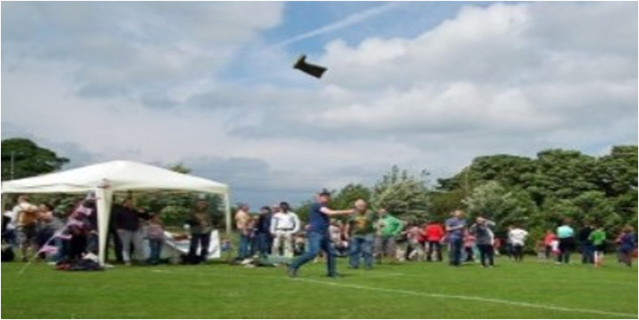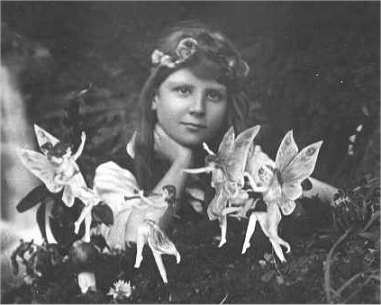7. A Very Yorkshire Christmas

A Very Yorkshire Christmas “Nowhere are the traditions of Christmas kept up with such splendour as in Yorkshire.” (Visitor to the county 1812) Source: pintrest Yorkshire is a fantastic place to be all year round, but at Christmas it is extra special. It has always been an area full of tradition, none more so than over the festive period. Throughout history Yorkshire has provided some major contributions to Christmas and the festivities surrounding it. Roman York A portrait of what Saturnalia could have looked like by Antoine Callet in 1783. Souce:wikipedia creative commons The origins of Christmas celebrations in Yorkshire date back as far as Roman Times and centred on the city of Eboracum. The Saturnalia festival which took place from around 17 th – 25 th December was dedicated to Saturn, the god of harvest and agriculture, which is something that resonated well with Yorkshire folk. The festivities included a relaxing of the normal Roman society rules. The courts were suspend


